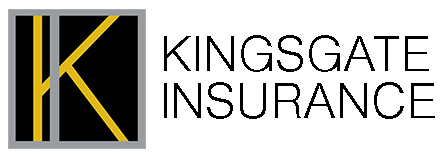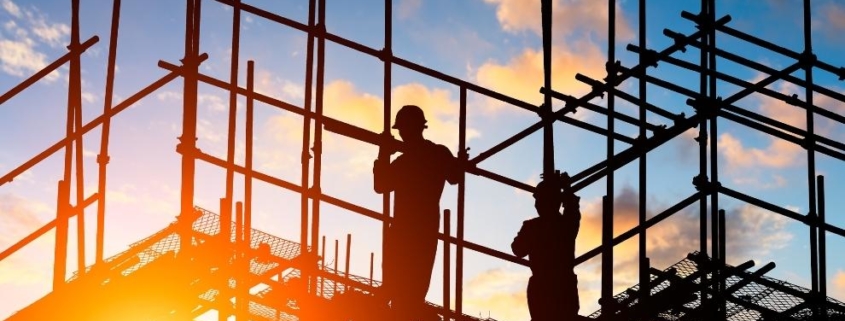Avoiding Slips and Falls at the Site
The injury rate for construction workers is higher than the national average for all other industries. These slip and fall prevention tips can help protect you from becoming a statistic.
Do Your Safety Part
There are various ways to suffer slips and falls while working. You can slip and lose your balance, trip over objects left improperly in a walkway or fall from a ladder or scaffolding. To avoid these mishaps, be on the lookout for tripping hazards such as the following:
- Water puddles
- Worksite materials
- Grease, oil or sawdust
- Extension cords and cables
Good Housekeeping Counts
When entering a building from the outdoors or from debris areas, clean your footwear thoroughly. Snowy and rainy weather require a doormat at each entrance to allow for complete wiping of shoes.
Beware of tripping hazards—trash, unused materials or any object left in walkways invites falls. Extension cords, tools, carts and other items should be removed or properly barricaded off. If equipment or supplies are left in walkways, report it. Let the proper personnel remove it. And keep passageways clean of debris by using trash barrels and recycling bins.
Practice Prevention
Walk in designated walking areas. Concentrate on where you are going—horseplay or short cuts through the job site invites accidents. If you’re carrying a heavy load that hampers your ability to see properly, request spotting assistance from a co-worker.
The worst falls are from elevated positions such as ladders, and can result in serious injury or death. Learn and practice ladder safety and the proper use of scaffolding. For example, when climbing, use a ladder of proper length that is in good condition. Keep it placed on a firm surface. Do not climb a ladder placed on machinery, crates, stock or boxes. Keep the ladder’s base one foot away from the wall for every four feet of height. Don’t over-reach. Always have control of your balance when working from a ladder. Never climb a ladder with your hands full, and always transport tools in their proper carrying devices.
When using scaffolding, be sure it is properly assembled according to the manufacturer’s specifications. Check carefully for defects.
Standing and working planks should be level and clean. Use toe boards to prevent tools from falling and workers from slipping. Report any misuse of proper scaffolding safety.
Slips and falls occur every day. The extent of injuries and their recurrence can be minimized through proper safety knowledge, good housekeeping and practicing prevention.
Provided by Kingsgate Insurance
This content is for general informational purposes only, and is not intended as medical or legal advice. © 2010, 2014, 2019 Zywave, Inc. All rights reserved.







Leave a Reply
Want to join the discussion?Feel free to contribute!